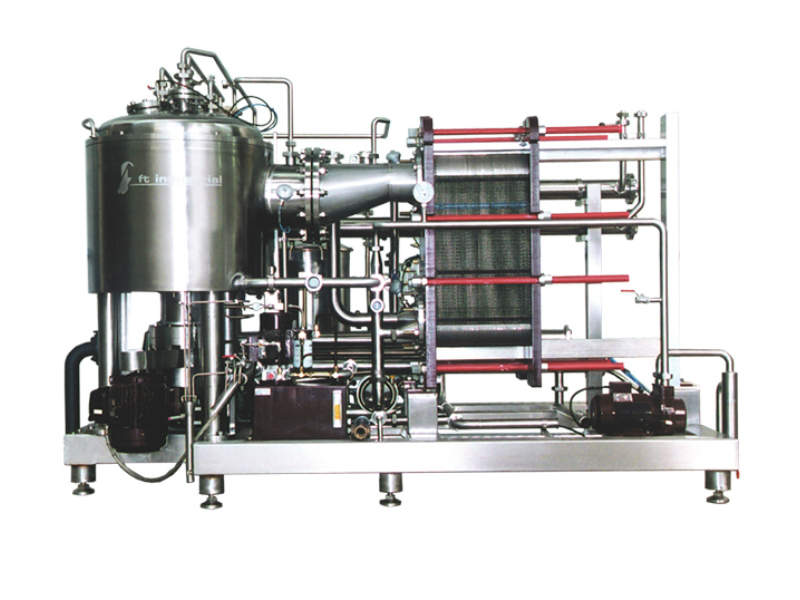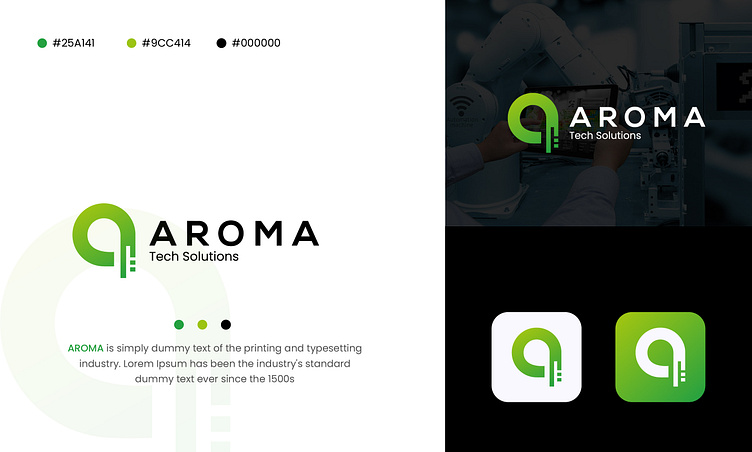Aroma Technologies: Shaping Our Senses
Aroma technologies, the science of manipulating scent, have quietly woven themselves into the fabric of our lives. From the calming lavender in our bedrooms to the tantalizing aroma of freshly […]

Aroma technologies, the science of manipulating scent, have quietly woven themselves into the fabric of our lives. From the calming lavender in our bedrooms to the tantalizing aroma of freshly baked bread at the bakery, scent plays a crucial role in shaping our experiences, emotions, and even our decisions.
This captivating field explores how aroma technologies are used in various industries, from enhancing well-being through aromatherapy to influencing consumer behavior in retail spaces. It delves into the fascinating science behind how our sense of smell interacts with our brains, affecting our moods, memories, and even our physical health.
Types of Aroma Technologies

Aroma technologies encompass a diverse range of methods for introducing fragrances into the environment, each with its own unique mechanisms and applications. These technologies play a crucial role in enhancing our sensory experiences, creating ambiance, and promoting well-being.
Essential Oil Diffusers
Essential oil diffusers are devices designed to disperse essential oils into the air, releasing their aromatic compounds and potential therapeutic benefits. These diffusers work by employing various methods to vaporize the oils, such as heat, ultrasonic vibrations, or nebulization.
Types of Essential Oil Diffusers
- Heat Diffusers: These diffusers use a heating element to vaporize essential oils, releasing their fragrance into the air. They are typically simple and inexpensive, but can degrade the quality of some essential oils due to the heat.
- Ultrasonic Diffusers: These diffusers use high-frequency sound waves to create vibrations that break down essential oils into tiny particles, which are then dispersed into the air. Ultrasonic diffusers are known for their quiet operation and ability to preserve the integrity of essential oils.
- Nebulizing Diffusers: These diffusers use a fine mist to disperse essential oils, creating a more potent and concentrated aroma. Nebulizing diffusers are typically more expensive than other types but are considered to be the most effective for releasing the full therapeutic benefits of essential oils.
Scented Candles
Scented candles are a popular way to introduce fragrance into the home and create a relaxing atmosphere. The fragrance in scented candles is typically derived from essential oils or synthetic fragrances, which are embedded in the wax. When the candle burns, the heat melts the wax and releases the fragrance into the air.
Environmental Impact of Scented Candles
- Air Pollution: Burning candles can release particulate matter and volatile organic compounds (VOCs) into the air, which can contribute to indoor air pollution and have adverse health effects.
- Waste Generation: The use of scented candles generates significant waste, including the candle jars, wax residue, and packaging materials. This waste can end up in landfills, where it can take hundreds of years to decompose.
- Sustainability Concerns: Some scented candles are made with paraffin wax, which is a petroleum-based product. The production of paraffin wax can contribute to environmental pollution and climate change.
Aroma Sprays, Aroma technologies
Aroma sprays are convenient and versatile solutions for introducing fragrance into various environments. They typically consist of a mixture of essential oils, alcohol, and water, which is sprayed into the air to release the fragrance.
Creating and Using Aroma Sprays
- Ingredients: The most common ingredients in aroma sprays are essential oils, alcohol (such as vodka or witch hazel), and water. The alcohol helps to dissolve the essential oils and act as a preservative.
- Mixing Process: To create an aroma spray, simply mix the essential oils, alcohol, and water in a spray bottle. The ratio of ingredients can be adjusted to create different fragrance strengths.
- Benefits: Aroma sprays are a quick and easy way to freshen the air, create a relaxing ambiance, and enhance the mood. They can also be used to scent linens, clothing, and other surfaces.
The Future of Aroma Technologies

The field of aroma technologies is constantly evolving, with exciting innovations and trends emerging that promise to transform our relationship with scents. This section explores the potential of personalized scent experiences, the ethical considerations associated with these technologies, and the future directions of this rapidly advancing field.
Personalized Scent Experiences
Personalized scent experiences represent a significant area of development in aroma technologies. This explores the possibilities of tailoring scents to individual preferences and needs, creating a unique olfactory experience for each user.
- Scent Profiles: A key aspect of personalized scent experiences is the creation of individual scent profiles. This involves gathering data on a person’s scent preferences, lifestyle, and even emotional state. This data can be used to develop customized fragrance blends that cater to their specific needs.
- Smart Home Integration: Aroma technologies are increasingly being integrated into smart home systems. This allows users to control the scents in their homes through voice commands or smartphone apps. For example, users could set up a system to release a calming lavender scent in the bedroom at bedtime or a refreshing citrus scent in the kitchen after cooking.
- Wearable Scent Devices: Wearable scent devices are another emerging trend. These devices can release personalized scents throughout the day, providing a constant and customizable olfactory experience. Examples include wristbands that release a burst of fragrance with each step or necklaces that emit a calming scent when the wearer feels stressed.
Ethical Considerations in Aroma Technologies
As aroma technologies become more sophisticated and widespread, it’s crucial to consider the ethical implications of their use. This discusses the potential challenges and concerns related to the ethical use of aroma technologies.
- Privacy Concerns: The collection and use of personal scent data raise privacy concerns. For example, could this data be used to track individuals’ movements or predict their emotional states? It is essential to establish clear guidelines for the collection, storage, and use of scent data to protect individuals’ privacy.
- Potential for Manipulation: There is a concern that aroma technologies could be used to manipulate people’s emotions or behaviors. For instance, could certain scents be used to influence consumer choices or to create a sense of dependence? It is important to ensure that aroma technologies are used ethically and responsibly.
- Accessibility and Equity: The accessibility and equitable distribution of aroma technologies is another ethical consideration. Will these technologies be available to everyone, or will they only be accessible to those who can afford them? It’s crucial to address these concerns to ensure that the benefits of aroma technologies are shared by all.
Emerging Trends and Innovations
The future of aroma technologies is filled with exciting possibilities, driven by ongoing research and development. This highlights some of the emerging trends and innovations that are shaping the field.
- Artificial Intelligence (AI): AI is playing an increasingly important role in aroma technologies. AI algorithms can be used to analyze scent data, create personalized fragrance blends, and even predict individual scent preferences.
- Biotechnology: Biotechnology is also contributing to the development of new aroma technologies. For example, researchers are exploring the use of synthetic biology to create new scents or to enhance the longevity of natural fragrances.
- Virtual Reality (VR): VR is emerging as a powerful tool for creating immersive scent experiences. By combining VR with aroma technologies, users can experience realistic olfactory environments, such as a walk through a forest or a visit to a bakery.
Epilogue

As we navigate the future, aroma technologies hold immense promise for personalizing our sensory experiences, creating environments that cater to individual needs, and potentially even revolutionizing healthcare and wellness. The future of scent is an exciting frontier, where science and creativity intertwine to unlock the power of aroma and its profound impact on our lives.




